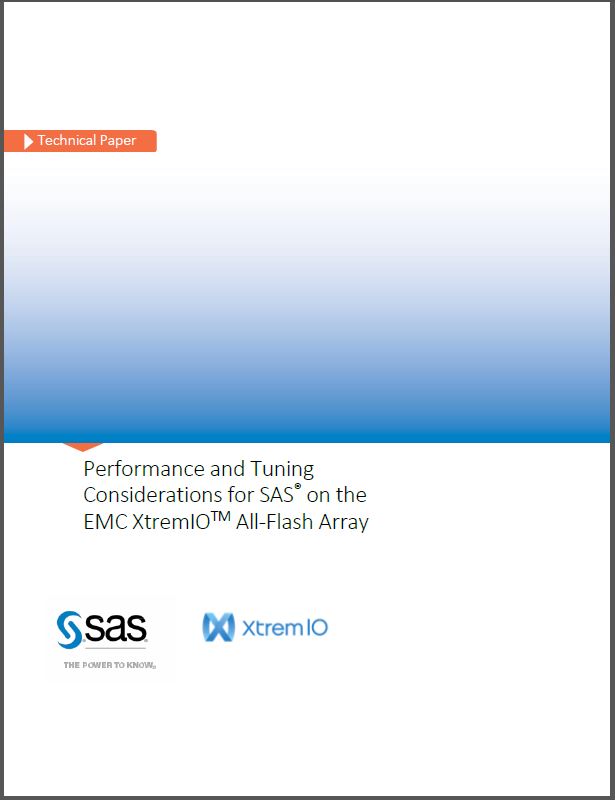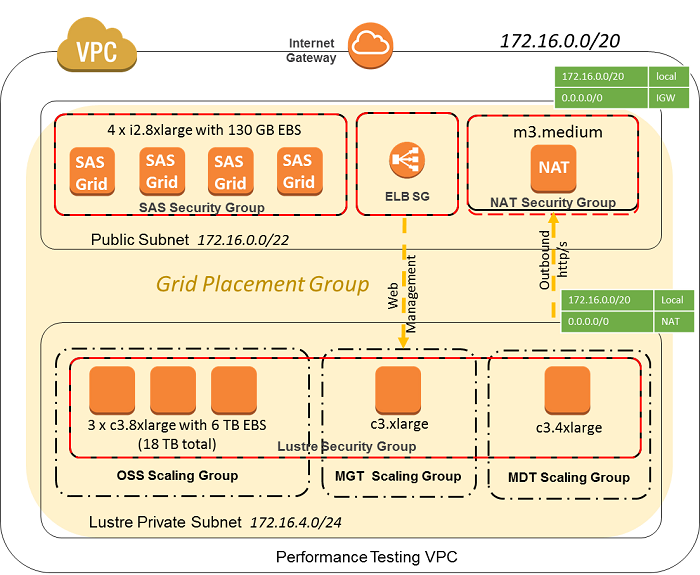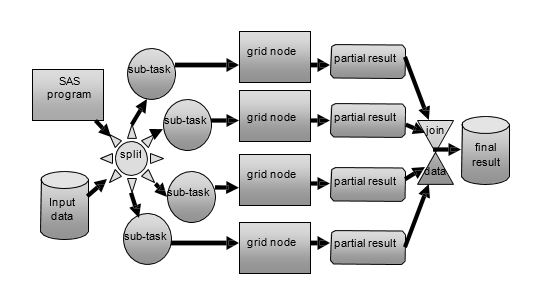
What makes mainframes relevant today? Why are they still in use more than 50 years after their inception? Watch the video below and then come back to read about some specific use cases of SAS® technology in use on IBM mainframe computers. Mainframes have had many uses Throughout this half-century








